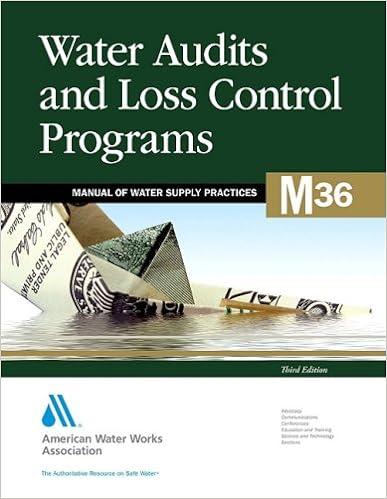


c. Describe what causes the monthly charge per passenger mile flown to fluctuate, d. What other problems are present in the current system and what improvements do you sug. gest making? Massey Electronics Massey Electronics manufactures heat sinks. Heat sinks are small devices attached to solid-state circuit boards that dissipate the heat from the circuit board components. Made of aluminum, the devices consist of many small fins cut in the metal to increase its surface area and hence its ability to dissipate the heat. For example, Intel Pentium and Celeron processors are first mounted onto heat sinks and then attached to circuit boards. These processors generate heat that will ultimately destroy the processor and other components on the circuit board without a heat sink to disperse the heat. Masscy has two production facilities, one in Texas and the other in Mexico. Both produce a wide range of heat sinks that are sold by the three Massey lines of business: laptops and PCs, servers, and telecommunications. The three lines of business are profit centers, whereas the two plants are cost centers. Products produced by each plant are charged to the lines of business selling the heat sinks at full absorption cost, including all manufacturing overheads. Both plants supply heat sinks to each line of business. The Texas plant produces more complicated heat sinks that require tighter engineering tolerances. The Texas workforce is more skilled, but also more expensive. The Mexico plant is larger and employs more people. Both facilities utilize a set of shared manufacturing resources: a common manufacturing IT system that schedules and controls the manufacturing process, inventory control, and cost accounting, industrial engineers, payroll processing, and quality control. These shared manufacturing overhead resources cost Massey $9.5 million annually. Massey is considering four ways to allocate this $9.5 million manufacturing overhead cost pool: direct labor hours, direct labor dollars, direct material dollars, or square footage of the two plants. The following table summarizes the operations of the two plants: Massey has liability in any tax jurisdiction where it operates for the prior losses and hence expects no income tax Required: a. Prepare a table showing how the $9.5 million would be allocated using each of the four proposed allocation schemes (direct labor hours, direct labor dollars, direct material dollars, and square footage of the two plants). b. Discuss the advantages and disadvantages of each of the four proposed allocation methods (direct labor hours, direct labor dollars, direct material dollars, and square footage of the two plants). Outback Opals mines and processes opals from its Australian opal mines. The process consists of removing large chunks of stones, carefully splitting the stones and removing the opals, and then cutting and polishing the stones. Finally, the opals are sorted and graded (I, II, and III). The Grade I opals are sent to Outback's U.S. subsidiary for sale in the United States. The Grade II opals are sold through Outback's Hong Kong subsidiary, and the Grade III opals are sold in Australia. It costs 35,000 Australian dollars (AS) to mine, cut, polish, and sort a batch of opals. The following table summarizes the number of stones in each batch mined, the additional costs to package and sell each stone after it is polished and graded, the selling price of each grade of stone (in Australian dollars), and the income tax rates that apply to any income derived from stones sold in the country of final sale. Required: a. Calculate the joint cost per stone of each grade of opal (I, II, and III) using the number of stones in each batch to allocate the A\$35,000 joint mining, cutting, polishing, and sorting costs. (Round all decimals to four significant digits.) b. Calculate the joint cost per stone of each grade of opal (I, II, and III) using the net realizable value of each grade of stones (before taxes) to allocate the A\$35,000 joint mining, cutting, polishing, and sorting costs. (Round all decimals to four significant digits.) c. Which method of allocating the joint cost of A$35,000 (number of stones or net realizable value) should Outback Opals use? Explain why. c) Which method of allocating the joint cost of A\$35.000 (number of stones or net realizable value) should Outback Opals use? Explain why










